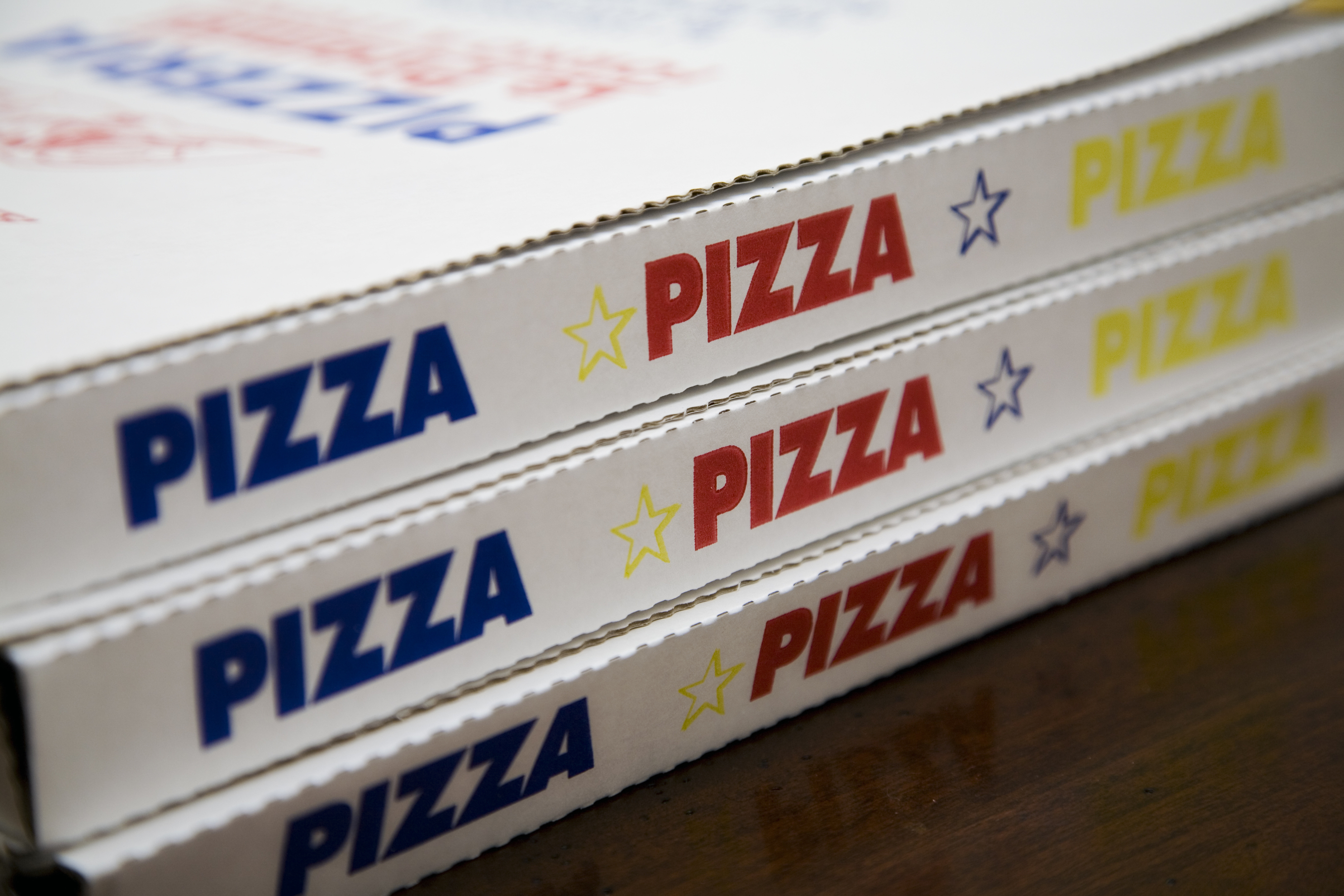
ONE in six young people eats fast food at least twice a day and half of the British public say “a meal isn’t a meal without meat”, according to an annual snapshot of food habits.
The typical Briton now eats fast food on an average of two days every week, but this is significantly higher among younger people with one in eight 21 to 34-year-olds and one in six 16 to 20-year-olds reporting they eat takeaways at least twice a day, the BBC Good Food Nation Survey found.
The study of more than 5,000 people found that the typical adult now eats meat at least twice a day and has just six meat-free days a month.
A fifth of men (21%) and 32% of 16 to 21-year-olds eat meat at least three times a day.
Half the population believes “a meal isn’t a meal unless it includes meat” but the same proportion does not know the recommended maximum amount of red meat they should be eating – no more than 70g a day, according to Department of Health guidelines.
Christine Hayes, brand editorial director of BBC Good Food, said: “It’s easy to be confused about the amount of meat one can enjoy while still eating a healthy, balanced diet.
“Those who do eat meat can still cook a Sunday roast and eat the occasional steak when balanced with some meat-free dishes.”
The poll also found that classic British meals such as fish and chips and a full English breakfast had dropped out of the nation’s top five favourite dishes, with sausages and mash not even featuring in the top 10.
The top five meals among 16 to 20-year-olds were, in order, pizza, curry, pasta, burger and steak and chips.
Opinion Matters surveyed 5,050 adults online between August 19 and 26.
READ MORE

Enjoy the convenience of having The Sunday Post delivered as a digital ePaper straight to your smartphone, tablet or computer.
Subscribe for only £5.49 a month and enjoy all the benefits of the printed paper as a digital replica.
Subscribe